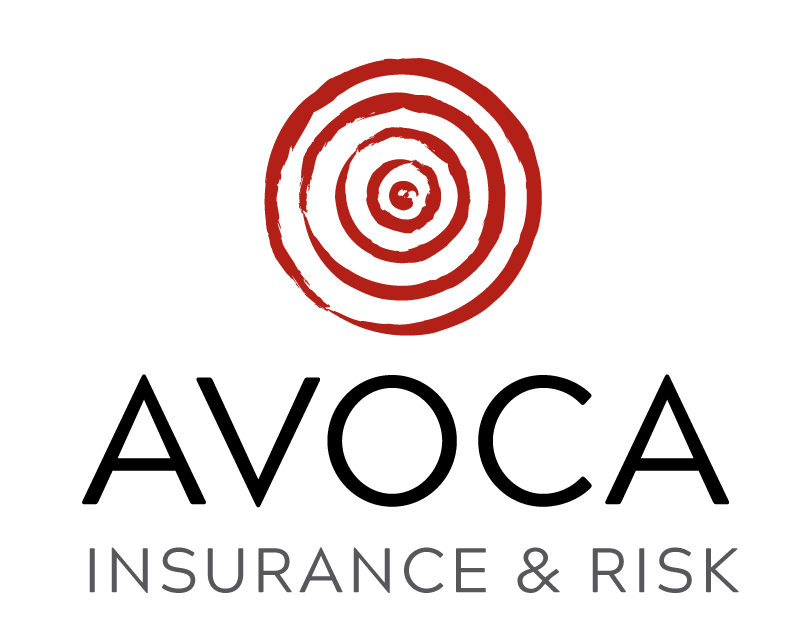
Management Liability for Not-for-Profit Organisations
According to the Australian Charities and Not-for-Profits Commission (ACNC) Australia has about 60,000 registered not-for-profit organisations
Not-for-profits (NFPs) range in size and are organisations as those that do not operate for the profit or gain of their members.
NFP organisations (including charities) operate in many areas of society. They can include (to name a few below)
- Church schools
- Churches or religious groups
- Community child care centres
- Cultural organisations or groups
- Animal welfare organisations
- Neighbourhood associations
- Public museums and libraries
- Scholarship funds
- Scientific organisations
- Scouts
- Sports clubs
- Surf lifesaving clubs
- Traditional service clubs.
Do NFPs need insurance?
Often NFPs will secure government or other funding to manage services. That funding body may require you to have minimum insurance coverage.
For example, your organisation may hold fundraising events or even just set up an information stall on your local council’s land. Before you can do so, you’ll need to send them a copy of your certificate of currency for public liability insurance. This cover can protect you and the council if a member of the public suffers property damage or injury if your pop-up tent self-destructs in gusty wind, for instance.
NFP management risks
Every not-for–profit organisation faces some level of risk, whether it wants to protect its volunteers or its property. Although risks come in different shapes and sizes, it’s beneficial to categorize them under specific topics for evaluation and prioritization.
Below is a list of potential risks that not-for-profit organisations may face. As previously noted, this list is not meant to be exhaustive as there are numerous risks associated with each sector and individual organization, but these are the areas where most groups have faced difficulties in the past.
Physical risks
It is your responsibility to make your organization a safe place for everyone (employees, volunteers, members, players, supporters, customers, patients, employees, visitors) who is likely to interact with it (and that doesn’t mean people who to which access is permitted).
The key here is to ensure that your premises, equipment and premises are inspected on a regular basis.
Animals
If your organization works with animals
- Can they go outside?
- Can anyone get in?
- Will they be ridden/created/picked up as part of the show?
- Can they be destroyed? Can they bite, claw, kick, poison, frighten, frighten, stagger, or infect someone?
- Can they hurt themselves?
Festivals/Events
- Will any participants be remotely dangerous (artists, bungee jumping, crowd-surfing, diving, fireworks, gliding, horseback riding, javelin throwing, line-dancing, parachuting, rugby, swimming, trampolining, boxing, etc.) activities of their (or other persons).) puts it at risk?
- Is there a need for crowd/traffic control? If so, have local authorities and permits been obtained?
- Do you have an emergency plan in place – fire, riots, accidents, etc.?
- Is involvement of emergency personnel or other authorities necessary?
- Are special tools/equipment needed? Has this been taken care of? Does it comply with relevant standards/regulations?
Fire
- Can something catch fire? Is your alarm in place? Do you have sprinklers and fire extinguishers installed? How regularly are they tested?
- Do you have an emergency plan? Who knows that? Have you used it? Who manages and reviews it?
- If a fire spreads, do you have evacuation plans in place?
- Do you plan for service to continue if the site burns down?
Food and drink
- Is your food processing, storage and serving processes safe from contamination or spoilage?
- Are eating areas clean?
- Do they meet regulatory requirements for food processors set by local and state governments? Do all food handlers know the rules?
- Do you properly label your food so that highly sensitive people can avoid injury?
- Do you drink alcohol? Do you have policies in place to handle alcohol incidents?
- If you handle chemicals – do you have the proper records and authorities? Are you trained to use it?
Machines
- Are your devices secure? Are all your devices regularly inspected?
- Are your job security measures adequate?
- Is everyone aware of your workplace safety measures?
- Is each operator properly trained or licensed?
- Are your devices accessible to the public?
- Are they registered with the proper authorities?
- Do you keep a maintenance log?
Vehicles
- Are your vehicles properly maintained and serviced?
- Are you properly trained and licensed?
- Are your vehicles properly registered for the activities they perform?
- Is access restricted?
- Do you have limits on how long or where someone can drive in a shift/day/week, etc.?
See also Environmental Hazards, below
Professional risks
It is your responsibility to see that no one suffers because they rely on your work.
- Do you screen your staff (including volunteers) for professionalism, compliance and safety?
- Do you screen staff who work with vulnerable groups such as children or primary caregivers?
- Do you have a policy of conduct that outlines acceptable and unacceptable behaviour for employees?
- Do your staff (and volunteers) provide products, services, or advice?
- Do you believe your systems can ensure the reliability and/or accuracy of products, or services, or advice?
- Are your volunteers well looked after?
- Could there be an opportunity to discredit someone on your staff?
- Is your complaints procedure adequate for identifying problems?
Environmental Risks
It is your responsibility to ensure that your operations are safe under all foreseeable conditions. As WorkSafe says, what would you warn them about if they came to you?
- Are any of your buildings prone to fires, collapses, or other hazards?
- Are your hallways, stairs, steps, and common areas safe, obstruction-free, and well-marked? What about people with low vision?
- Are there any hazards on campus, caused by you (light bulbs, unstable vending machines, etc.) or others (syringes, broken glass, etc.)?
- Does anyone smoke on campus or too close? Are your air conditioners tested for diseases such as Legionnaires’ disease?
- Is there any standing water on campus? Can one fall into the water?
- Are there any unprotected scratches or falls?
- Are there objects or items on campus that could be dangerous, from golf balls to pesticides?
- Do you have trees? Can they fall on houses/fall branches on people/damage nearby structures? Are they often cut or examined?
- Do your pages meet the required standards? Poorly maintained facilities (playground, dance floor, stage, etc.) causing slips or mistakes?
- Are any hazardous substances (acid, blood, steam, etc.) stored on site? Are they locked in? Are there enough warning signs? Obstacles?
- Is there a designated area of primary care? Is there an emergency vehicle? Are there any warning signs? Are there safety barriers? Is there paid protection? Are there surveillance cameras?
Employee risks
You have a responsibility to protect your employees and volunteers.
- Are your clients (or anyone else) responsible for assaulting, infecting, or humiliating your staff or volunteers?
- Are there procedures in place to ensure that staff/volunteer absences or departures do not negatively impact your organization?
- Have precautions been taken against bias and harassment in the workplace? Have you established procedures to ensure that everyone is treated equally and fairly?
- Do you have a system in place to identify potential problems? Is there a process for dealing with complaints/disputes with staff/volunteers?
- Are you responsible for wrongful dismissal?
Certain laws govern how workplace safety is handled – search for the relevant agency in your state (Google “workplace cover” or “workplace standards”).
Financial risks
Your organization is also responsible for protecting its assets.
- Does your budget have enough resources to stop or reveal fraud or illegal transactions?
- Have you established expenditure caps? Are these recognized and approved?
- Did you budget enough to cover all unpaid taxes and employee benefits in the event that business had to close?
- Can you tell if you are in a financial crisis by looking at your financial reporting systems?
- Does your board have access to enough data (adjusted balance sheets, profit and loss statements, cash flow statements, etc.) to make well-informed decisions?
- Do you have an audit plan in place?
Crime is a crime
You are responsible for protecting the organization and other people from crime as well as accidents.
- Are you secured against theft (by your company or by third parties on your premises or under your supervision)?
- Do you have enough security, cameras, alarms, and fencing?
- Exist procedures to guarantee employees’, volunteers’, and the public’s safety, etc.?
- Is there enough illumination, and is a schedule for frequent replacement in place?
- Do you have anti-fraud rules and processes in place?
Regulations
It is your duty to operate within the law. Does anyone on your team own an unregistered car? Have you made any mandatory insurance payments?
- •Are there any decisions made by your board that could be challenged due to conflicts of interest?
- Are all of the actions taken by your organization in line with the goals stated in your constitution, or are you going beyond what is permitted by law?
- Have you submitted all reports and returns mandated by financing agreements or laws?
You should examine your protocols in each of these areas to determine whether you have taken all reasonable steps to prevent any issues that were likely to arise.
© Some of the content is courtesy Extu 2023


